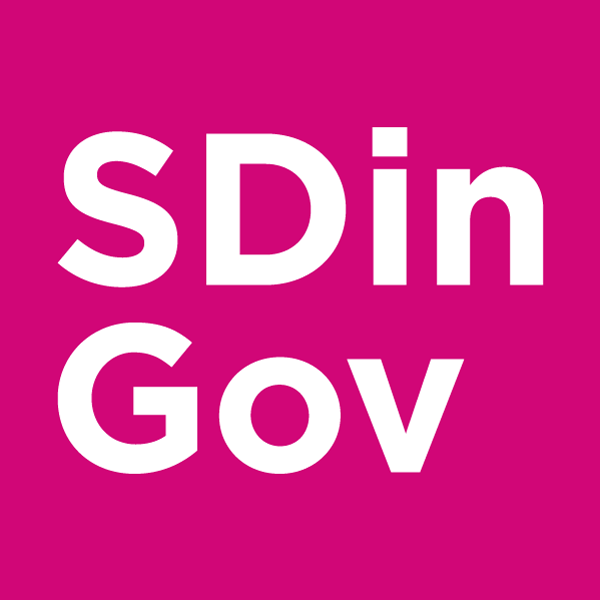dxw at Service Design in Government 2017

We recently shared two cases studies at the Service Design in Government 2017 conference. The event brings together anyone involved in designing or delivering public services.
Why did we decide to take part?
At dxw we help public sector teams to make good technology decisions and build better services. As user researchers working on projects across the public sector we come across similar challenges over and over again. In most cases someone else has already attempted to deal with the things we need to think about.
Adapting and building on what’s already tried has proved to bring good outcomes, so discussing our work in this kind of setting is very useful. Just as we learnt from others, hopefully our methods and learnings will be useful for those facing similar research and design challenges across government here and elsewhere in the world.
Talking about complexity
We decided to talk about complexity in user research. The full title of the session was ‘Researching complexity for public sector platforms’. We deliberately left it broad enough to describe the different ways our research looks at or intervenes in complex situations in the public sector. The idea was for us to show the complexity involved when you are designing services for internal users who are not the end users of the system, but whose actions will ultimately have a significant effect on the end user’s experience.
User research should be embedded throughout the life of a service so we decided to use examples from different stages of the agile lifecycle.
Our first case study looked at a discovery research project for NHS Jobs. We focused on how we mapped the existing job application workflow and prototyped a new one. Its aim was to reduce the time to hire and simplify a clunky shortlisting and notification process. Our second case study looked at the alpha/beta phase of the GOV.UK campaigns platform, also showing the discovery work we did to get there.
We presented how we customised research activities and analysis where ‘usual methods’ fell short given the time we had. Some unusual things we did:
- An experience questionnaire and adapting the digital inclusion scale from the Government Digital Inclusion Strategy to plot our users’ confidence levels with WordPress.
- ‘Build your own campaign’ workshop with campaign teams across the civil service which allowed us to iterate the platform with real users, understand the wider context and map out the end-to-end service in parallel.
- Mapped colour-coded user stories onto a journey map to allow the Department of Health and NHS to visually identify user needs at key stages of the NHS recruitment process.
Designing for users who aren’t the end users of the service
We found working with users who were not the end user presents a unique and complex challenge. As user researchers, we’re interested in working to meet not only their needs but to anticipate how their end users’ needs will be met.
In the case of NHS Jobs, this meant improving the experience of recruitment staff during the shortlisting. This created the knock-on effect of meeting the user needs of job applicants who wanted to be notified of their progress through the recruitment process.
For the GOV.UK campaigns platform, this meant designing a less GDS-dependent service and allowing departments to build and monitor campaign websites at a lower cost. We needed to build a service for GDS to operate, but also deliver a shared platform that considers the support needs of less experienced campaign teams.
How we pulled this all together
At dxw we have a culture of asking for and giving useful feedback on code, plans, and even things like this blog post. It’s no different with a presentation such as this.
We paid careful attention to how we would tell the story of each case study and spent time writing and re-writing the speaker notes so it would make sense saying it out loud. We also did a run-through during our weekly dxw show & tell to iron out any technical kinks. Thank you to those who worked hard on our top-notch slides and those who listened to our presentation (sometimes many times!)
Being the last talk of the day presented some challenges but we were pleasantly surprised with the attendance. Thanks to the conference organisers and sponsors for the coffee and cake to get us through!
Here are the slides. We like to keep them simple and clean to let us do the talking. If you’re interested in something that was in our talk, please get in touch (jess@dxw.com or vita@dxw.com) and we’ll be more than happy to share more.